Needed a prototype, proof-of-concept neural network driven image enhancement assistance tool
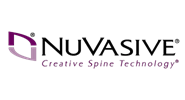
NuVasive strives to develop novel surface and structural technologies to enhance the osseointegration and biomechanical properties of surgical materials. They develop proprietary design and manufacturing methods behind Advanced Materials Science that create implants intelligently designed for fusion. As the leader in spine technology innovation, they maintain focus on transforming spine surgery to deliver clinically-proven surgical outcomes. LessRay powered by Surgical Intelligence, is an image enhancement platform designed to take low-quality, low-dose images and improve them to look like conventional full-dose images. X-ray or fluoroscopic radiation has been identified as a potential cause for a host of medical problems. LessRay offers the physician and hospital system the opportunity to use significantly reduced radiation imaging in the O.R.
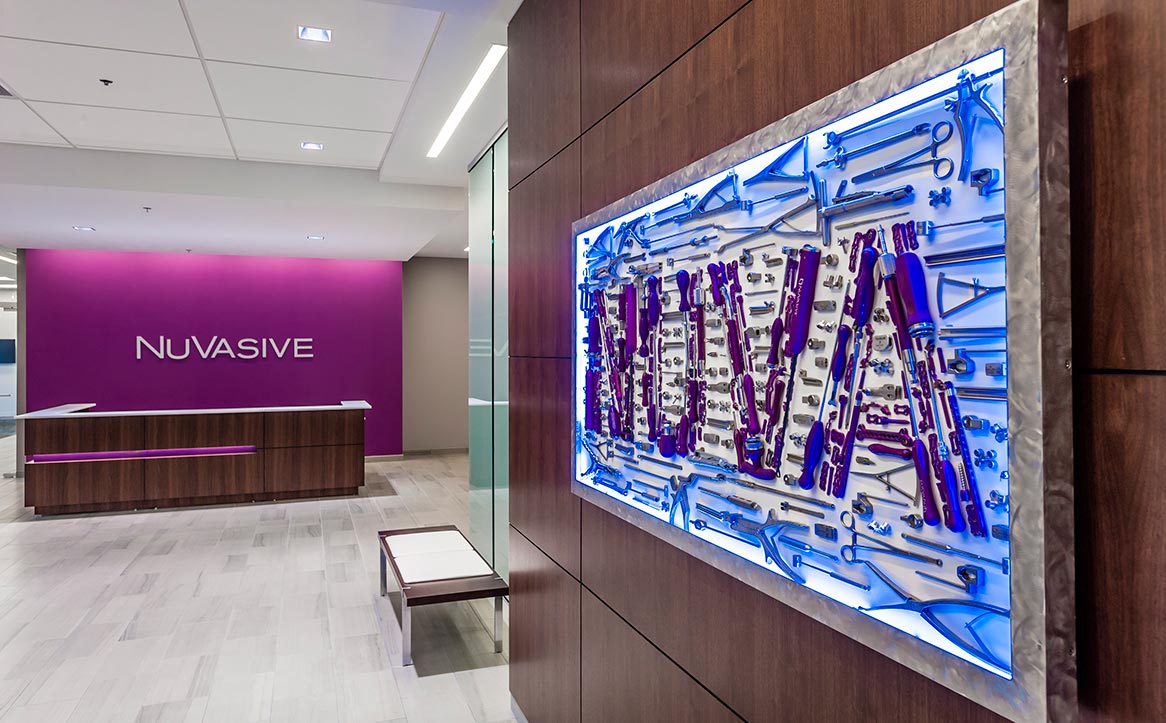
The Challenge

Nuvasive wanted us to collaborate with them on a proof of concept project which would completely change the way their LessRay platform operates. Our first challenge was to quickly grasp the way their current system operates, and the logic behind LessRay X-ray imaging.

Instead of just enhancing low-dose images that x-ray device records, it would have an embedded neural network which would isolate specific areas on the low-dose image. Challenge was to grasp how the neural network works and how it ties together with Mask R-CNN framework, and to validate and assess the quality of Mask R-CNN resulting images.

Final challenge was to design an algorithm would then locate the same areas on a full-dose image and replace low-quality, grainy areas with appropriate high resolution areas from full-dose image using geometric transformations.
The Cape Ann Solution
Tensorflow was used to manipulate the neural network which has a state of the art Mask R-CNN framework for object segmentation built on top of it. This neural network (NN) was trained using a vast amount of images Nuvasive provided for NN calibration, and then used on fresh images to test how well the recognition algorithm works in practice. After Mask R-CNN locates and marks the areas of interest (zones) on low-dose image, these same zones would be located on the full-dose image and replaced accordingly. Due to complex and sensitive nature of project, only scalar transformations are allowed on the image. We successfully set up the network and Mask R-CNN framework running in the environment and used Python for zone extraction. Big emphasis was placed on speed of development because this was only a prototype project. This is why Python and all the sci libraries like Tensorflow, scipy, opencv, keras, and others available in it were put in use.
Schwozny Analytics
Needed a biomedical data analysis image enhancement tool
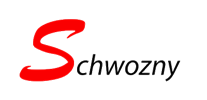
Schwozny is a company which provides services for data analytics and management to pharmaceutical companies which outsource experimentation to other contract research organizations. Schwozny clients have access to a powerful one-stop, data repository that will increase information content to provide decision making data and ensure timely visibility with potential industry partners.

The Challenge

Analyzing complex data from any pharmaceutical or biology research related business often means you will have to deal with many different picture formats.

Images would have to be modified and enhanced within the tool, so another challenge was developing and implementing such capabilities.

We were given the difficult task of building a tool which would open and display image of any format and size, setting it up for modification and further analysis.
The Cape Ann Solution
Following a period of extensive research during which we focused on the challenge of loading and displaying very large resolution pictures in an quick and effective manner, we came up with a solution which transformed them into a set of lower resolution images with considerably lower size. When user opened any image, an appropriate image from the set was displayed using image tiling techniques based on the zoom he was currently using. This approach was very fast, and images would load seamlessly. Our team then developed a framework within the tool which enabled image enhancement and modification tailored to the users needs. We used breakthrough technologies in cloud storage, computing, and software deployment to deliver the final product. Considering the short time period given for development, agility was a core requirement for our team, and in the end, final product was very well received as it was easy to deploy, very fast, and met the specified requirements.
Needed a service to communicate and remotely access Linux OS based container

RevTwo is a pioneer company offering support for mobile or Internet of Things applications. Their brand name is layered and comes from two words, revision - which is another word for GENERATION and two - which in this case symbolizes a new iteration of something, the NEXT version. This alludes to RevTwo providing the next generation of support in a world where Internet of Things is becoming an increasingly growing topic. IoT is affecting our lives and the way we operate on a daily basis. Revtwo combines remote access and support which scales to IoT levels.

The Challenge

Develop a service which would provide communication and remote access to Linux OS or container

Make SDK for adding data and custom logic for the application running on Linux

Make a web application which would serve as a workspace
The Cape Ann Solution
We used C++ to develop a complex agent service with an SDK allowing the application to collect data. We ensured communication would happen in realtime and agent was always online and ready to respond by using PubNub's realtime push/subscribe messaging API and their network currently serving over 300 million devices and streaming more than 750 billion messages per month. We used WebRTC to handle the session and data transfer, which ensures a fast peer-to-peer connection. This approach was very elegant and it secured key product strengths: reliability, high speed and responsiveness.
What RevTwo said...
The team has done a tremendous job and created a product that will be a linchpin of our product line...RevTwo is my third startup, and I have had engaged many teams from companies of all size to do work for us, Cape Ann is at the top of that list!

Unilever
Needed a digital project explorer
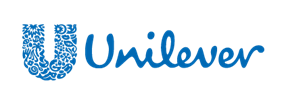
Unilever is a British-Dutch transnational consumer goods company co-headquartered in London, United Kingdom and Rotterdam, Netherlands. Its products include food and beverages (about 40 percent of its revenue), cleaning agents and personal care products. It is the world's largest consumer goods company measured by 2012 revenue.It is Europe’s seventh most valuable company. Unilever is one of the oldest multinational companies; its products are available in around 190 countries.

The Challenge

With increasing number of projects Unilever was working on, it was becoming increasingly difficult to manage them. Consolidating available data and getting project status update to the client was becoming a problem. We stepped in to develop a tool to help them deal with these issues.

Processes which these projects generate, governed by internal business logic are the key business aspect Unilever wanted to have a grasp on at any time. Our second challenge was to understand and incorporate their internal business logic into the application we were developing.

One of the main purposes of this app would be to help stakeholders have a clear overview of what stage their projects are in at any given time. This is why we had to heavily research ways to visualize project flow and key project assets and metrics in an intuitive and simple manner to ensure key information was understood by the stakeholders.
The Cape Ann Solution
While client was still figuring out the nuisances of their large business data model, we were brought in to design a custom project management tool on top of that model. We partitioned the data model into separate segments and went on to develop those. We took an agile approach developing these features, and finished them in record time, only a couple of weeks after kickoff meeting. Even though data model was complex, we minimized the number of sections and pages the web tool had, and by grouping various information on one page in a smart manner and reducing the number of different forms for data input we have minimized the amount of clicks user needs to get to where they want to be. App was deployed to client for testing and Unilever was very satisfied with the results.
What Unilever said...
High quality... delivery exceedsHigh value... great value for the money
Fast turnaround... working in multiple time zones makes turn around time faster... the team is a pleasure to work with.



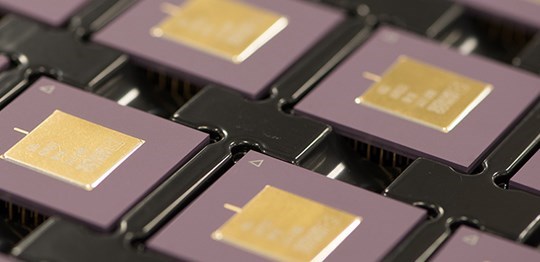

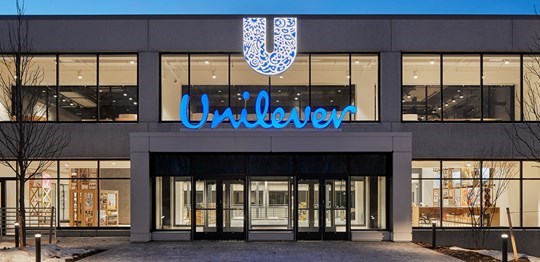

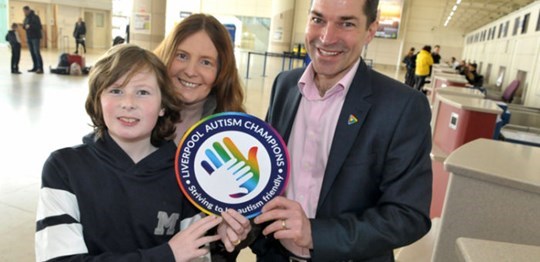

What Schwozny Analytics said...
Aspects that I have been most impressed with Cape Ann is their dedication to the project, resourcefulness and production of very high quality work. The diligent efforts by Cape Ann have manifest in the production of stellar work product... The work the Cape Ann have performed is exceptional, well-founded mixture of functionality, performance and style.